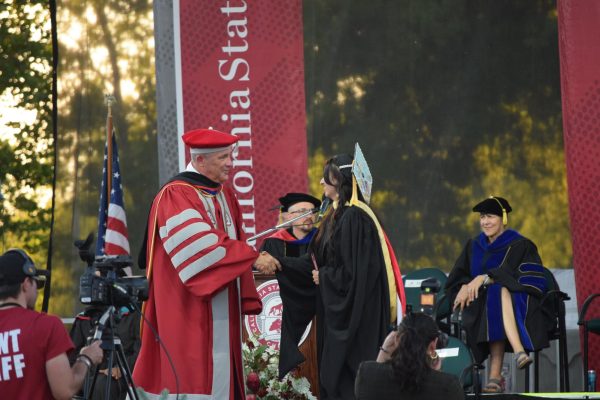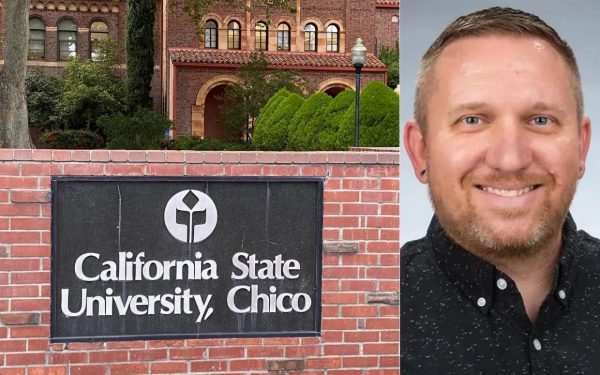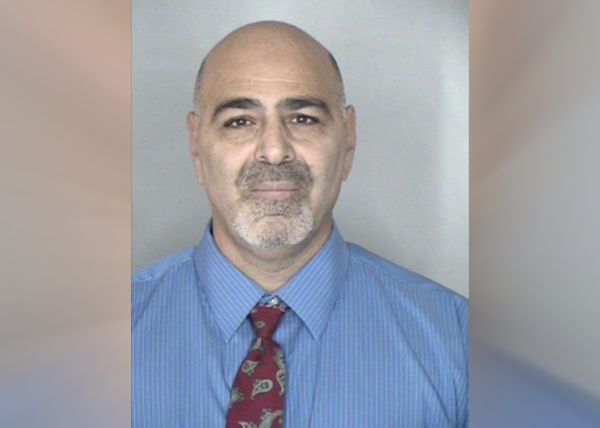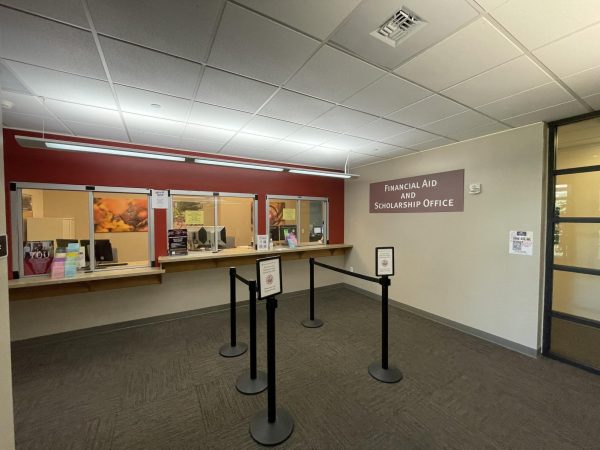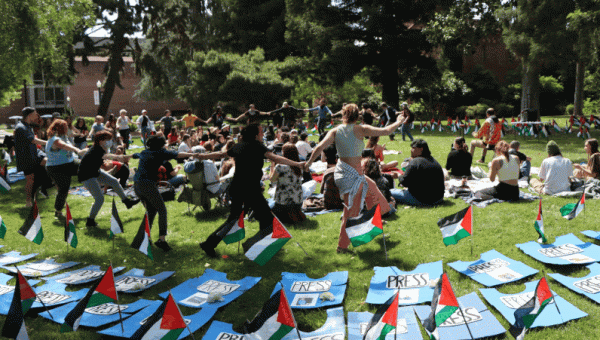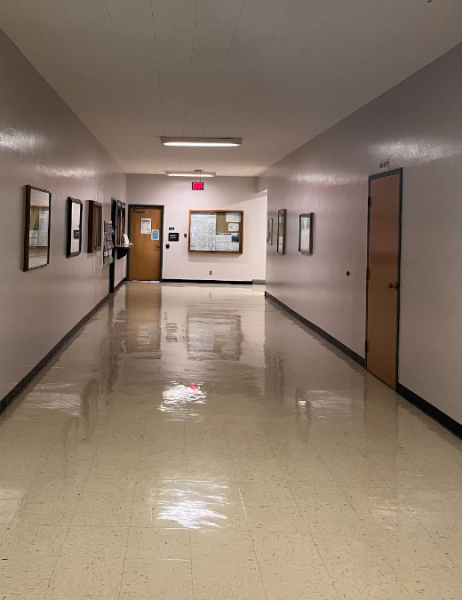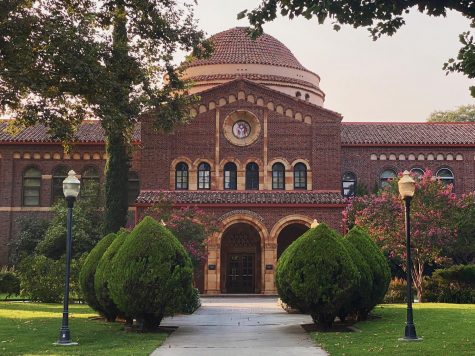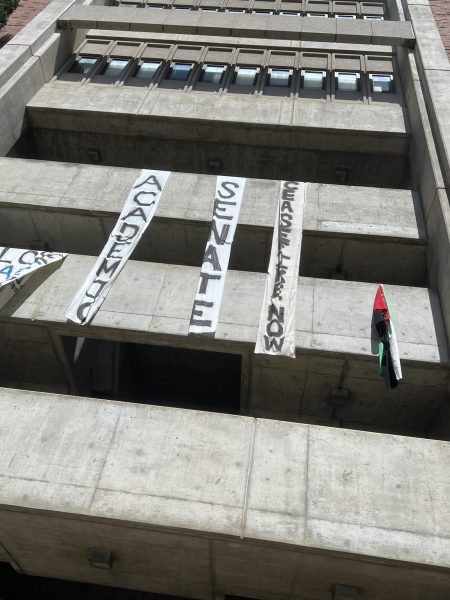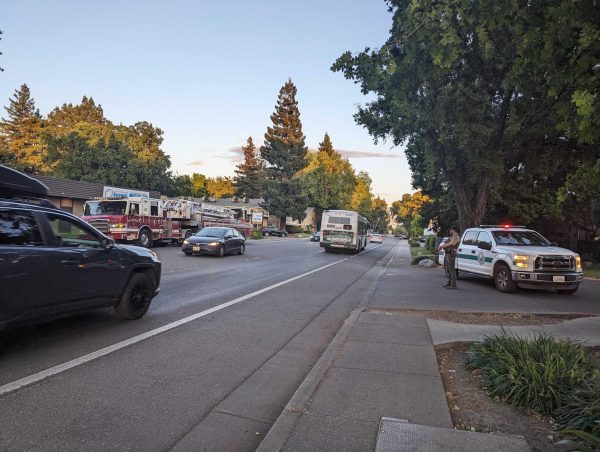Chico State talks diversity, but does it walk it?
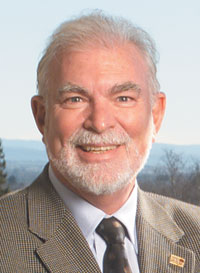
Paul Zingg, president of Chico State, addressed diversity on campus in an email to all students and faculty.
As Chico State amplifies its commitment to diversity and inclusion like universities nationwide, some members of the campus community are pushing back by exercising their right to free speech.
In a Nov. 16 email to students, staff and faculty, President Paul Zingg addressed the issue explaining how “our campus as a whole has not yet embraced diversity as a core value.”
His email came as racial tensions were beginning to escalate on campuses across the nation. The University of Missouri, Yale, Princeton and dozens of others burst into the national spotlight as student protesters rallied against what they saw as social injustice and racial discrimination.
Many of their critics have accused them of being too sensitive.
In Zingg’s email, he reiterated his support of expanding the University Strategic Plan to include a priority on diversity and outlined recent examples of intolerance on campus and in Chico.
“Students of color are frequently subjected to racial epithets and even having objects thrown at them from passing cars as they walk through downtown or neighborhood streets,” Zingg wrote.
Faculty has had homophobic and racist messages affixed to “their office doors and bulletin boards,” according to Zingg.
Even among campus leaders, this sort of indifference permeates.
“The head of a unit on our campus tells his colleagues he is ‘sick and tired of all this diversity stuff,’” he said.
According to Zingg, one university employee is deliberately being obtuse, causing some students to feel as if their concerns are being ignored.
“A prominent member of our campus tells one of the campus’ diversity leaders that he sees nothing wrong with white students putting on fake mustaches and wearing sombreros in order ‘to party like a Mexican,’” he said. “And when some Hispanic students visit with him to tell him why this is hurtful and demeaning, he addresses them in a manner that they find condescending and dismissive.”
Zingg did not publicize names due to confidential affairs, said Kathleen Hassig, executive assistant to the president.
Recent reports indicated that protesters across the country have been making progress, initiating debates over racism and inducing some administrators and professors to resign.
At Chico State, there has been no shortage of intolerant acts, said Dr. Vincent Ornelas, chair of the Chicano/Latino Council and associate professor in the school of social work.
“I was victimized in a hate crime,” he said, explaining how his office door was defaced by racist vandals years ago.
A slow response by University Police further irritated him, he said.
The incident led him to conduct a study on hate crimes, surveying 33 campuses in the CSU and UC systems.
“Not only did I hear about incidents that happened at this campus, I unfortunately found out that was not an uncommon experience for faculty of color at other campuses,” he said.
Ornelas thinks the university needs mandatory diversity training for deans and vice presidents, and the issue of racism needs to seriously be examined by faculty, staff and students.
Since Ornelas moved to Chico in 2004, he said his experience has been consistent with many students of color.
“I was surprised when I came here,” Ornelas said. “When I was walking down the street, people would slow down their cars and they would make sure I could hear racial epithets.”
Charles Carter, director of the Cross-Cultural Leadership Center, said he knows what Ornelas is talking about. The director has been a member of the campus community for 35 years.
“How many years have we been talking about diversity and what the hell has happened?” he said. “Nothing.”
Not much is being done to increase diversity among faculty, he said.
His point is well-supported.
In 2011, Chico State implemented its Diversity Action Plan, the “framework for creating a more inclusive community” over the next five years. One of its priorities was increasing “diversity in faculty, staff and administration at all levels of the university.”
It failed.
In 2011, there were nine black faculty members, according to data from the Office of Institutional Research. This year, there are eight— less than 1 percent of faculty.
Hispanic faculty members have not fared well either, even as the amount of Hispanic students has risen significantly in recent years. In 2011, there were 39 faculty members. Now there are 41.
Carter said the university should put its money where its mouth is and create incentives for qualified people of color to work here.
There also needs to be more conversations about race, he said. White staff and faculty members should be engaged with, and not feel excluded from, the diversity conversation. Dialogue is the key.
“When I look at the national climate right now, [Chico State has] an opportunity to be bigger and better than that,” Carter said.
In hopes of fostering dialogue, Carter said the Cross-Cultural Leadership Center is sponsoring an event called “Courageous Conversations,” scheduled for March 10.
Gabriel Sandoval can be reached at [email protected] or @GLuisSandoval on Twitter.








